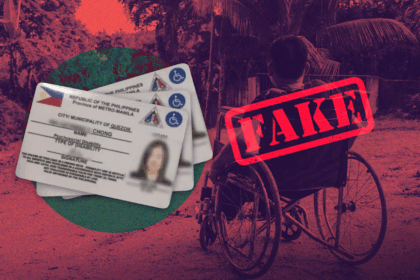On August 15, the World Health Organization declared Monkeypox (Mpox) as a global health emergency. The first recorded case of the new variant in the Philippines was confirmed only days after.
The mpox-positive patient visited two establishments in Quezon City, which resulted in 41 people with close contact being placed under quarantine, 28 of them had Type I contact, or direct skin-to-skin physical or sexual contact.
Here’s what we know so far about the current Mpox status in the country.
WHAT IS MPOX?
According to the World Health Organization (WHO), Mpox, also known as Monkeypox, is a viral infection that can spread to people through close contact and from the objects and surfaces touched by a person infected with mpox.
During the global outbreak last 2022, the virus mostly spread through sexual contact, or person to person. However, under different conditions, mpox can also spread animals to humans and vice versa.
Some of its symptoms include rashes that look like blisters which last for two to four weeks, fever, back pain, muscle aches and headaches, and swollen lymph nodes.
CURRENT STATUS OF MPOX IN PH
On August 18, the first mpox case was reported, only a few days after WHO announced that the disease is a global health emergency.
The Department of Health (DOH) confirmed that the first case was a 33-year-old Filipino man with no travel history outside of the country. However, he traveled within Quezon City, entering 2 establishments including a Derma Clinic and Spa Branch.
The patient was sick more than a week ago, first by fever, then 4 days after, the findings detected rashes on his face, back, nape, trunk, groin, palms, and soles
As of August 20, there is a total of 10 cases in the Philippines.
How worried should people be about the mpox outbreak?
The mpox has a 3-5% fatality rate. Risks of death are increased for newborn babies, pregnant women, children, and people with underlying medical conditions.
Unlike COVID-19, mpox is transmitted via skin-to-skin contact and not airborne. The reproduction number of the virus is significantly lower, making the exponential growth of the virus easier.
WHO recommends approved vaccines against mpox, but when not available, WHO suggests the use of MVA-BN or LC16 vaccines, or the ACAM2000 vaccine.
How can you avoid catching mpox and how can you help minimize the spread?
To protect oneself, it is advised that people should be aware of the spreading of virus, have open conversations with the community about any symptoms they may have, avoid close contact to people infected with mpox, including sexual contact, and to frequently wash their hands with soap or alcohol-based rub.
However, if you are affected, you could help prevent the spread by isolating until lesions are crusted over, scabs fallen off, and a new layer of skin underneath is formed, seeking medical advice, and by avoiding close contact with others until evaluated and tested. If you are also sexually active, you are encouraged to use condoms as precaution for at least 12 weeks or three months after recovery.








